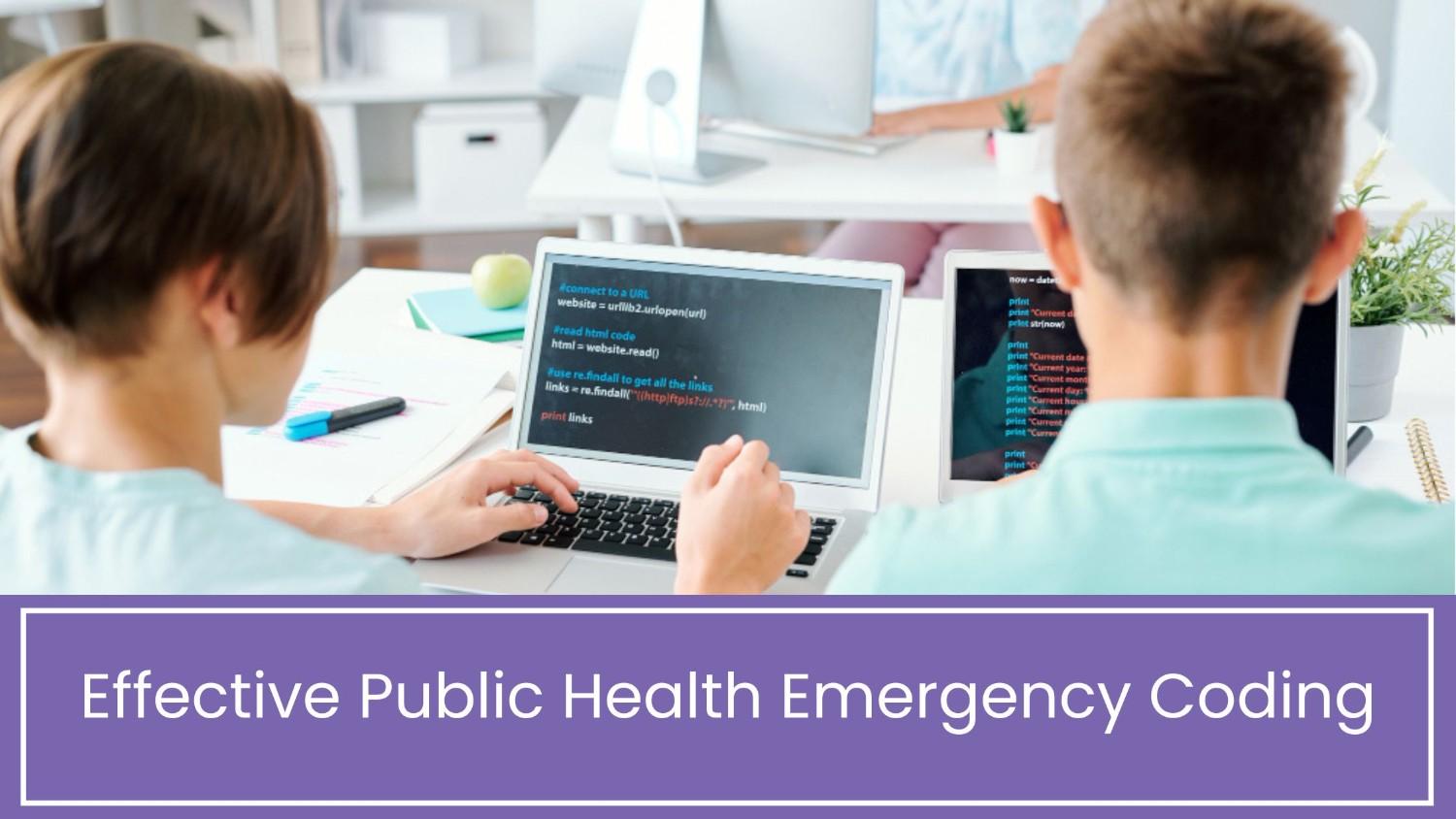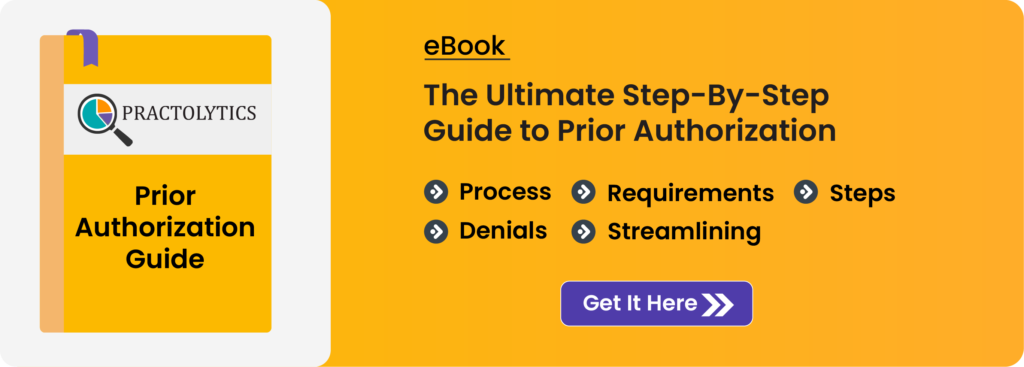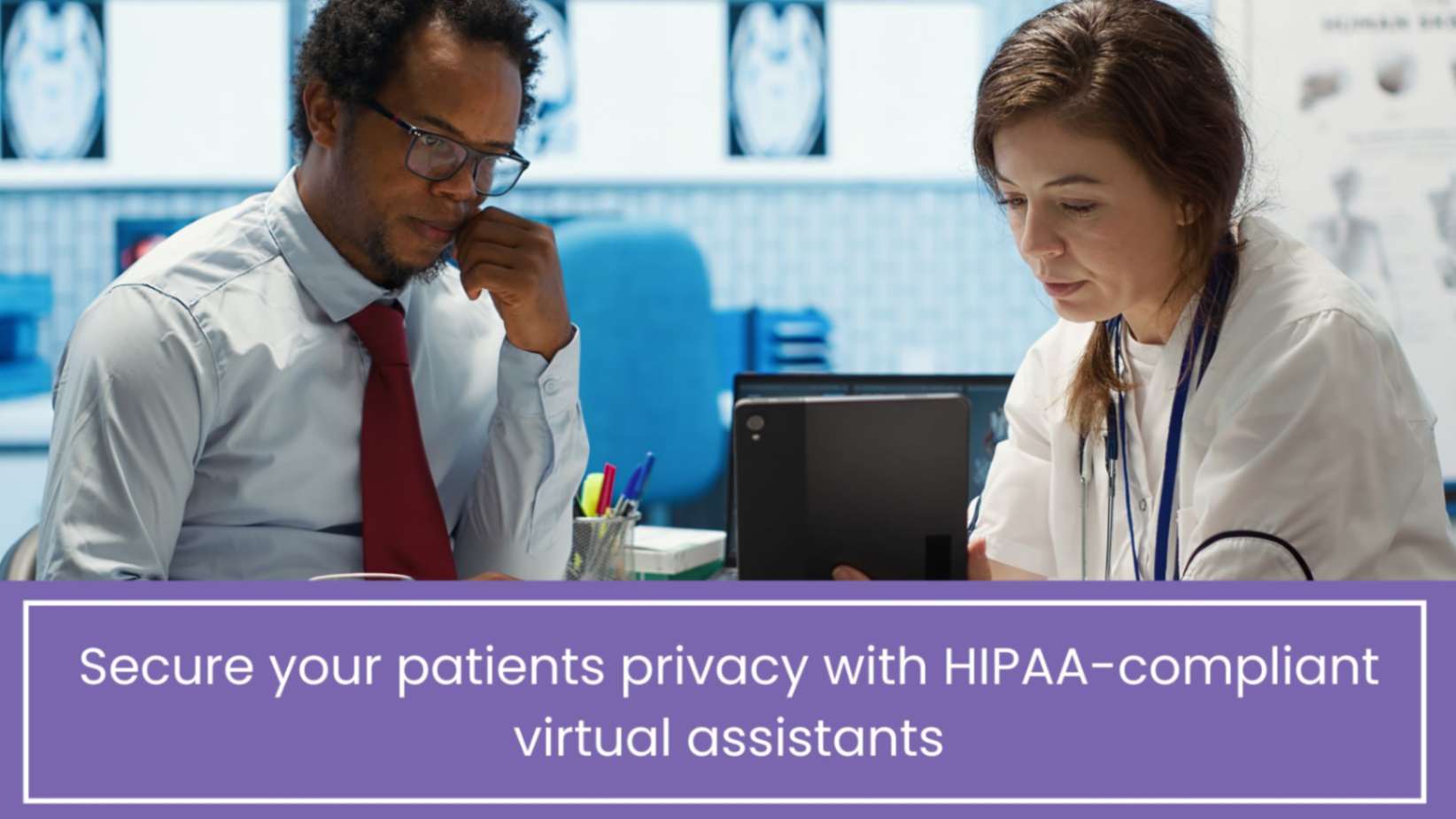Effective Public Health Emergency Coding
Your top priority as a healthcare provider is to deliver the best possible treatment to your patients. However, when a public health emergency/crisis strikes, it can be difficult to keep up with the swift pace of change while also ensuring that your patients get the medical attention they require. That’s where effective public health emergency coding comes in. By using clear and accurate codes, you can help enhance patient care during emergencies and improve the overall public health response.
In this blog, we’ll dive into the importance of public health emergency coding and how it can help healthcare providers better respond to emergencies. We’ll discuss the key codes you’re supposed to know and the perks of implementing them correctly. Whether you’re an experienced healthcare provider or a new practitioner, this blog will provide you with valuable insights on how to enhance patient care during public health emergencies. So let’s get started!
Table of Contents
Public health emergency coding: A vital tool for healthcare providers
The importance of public health emergency coding in healthcare cannot be overstated. These codes are important for healthcare professionals to comprehend because they assist them in responding swiftly and effectively to public health emergencies. By providing a consistent method of reporting and tracking infections, injuries, and other medical problems, public health emergency coding aids healthcare professionals in managing outbreaks, epidemics, and other public health emergencies.
One of the key advantages of public health emergency coding is that it enables healthcare professionals to detect and report breakouts and epidemics quickly. By using specific codes to classify diseases and conditions, healthcare providers can report the emergency to relevant health authorities promptly. This enables authorities to take the necessary steps to halt the disease’s spread and provide appropriate treatment to individuals affected.
In addition, public health emergency coding helps healthcare providers allocate resources more effectively during emergencies. By accurately tracking the spread of a disease or condition, healthcare providers can determine where resources are needed most. This includes medical supplies, personnel, and equipment. By allocating resources more effectively, healthcare providers can provide better care to affected individuals and reduce the overall impact of the emergency.
Another benefit of public health emergency coding is that it helps healthcare providers identify trends and patterns in public health emergencies. Healthcare professionals can spot possible outbreaks before they occur by analyzing the occurrence of specific diseases and conditions over time.
Key codes in Healthcare: Understanding their role
Knowing the important public health emergency codes is crucial for healthcare professionals to quickly respond to emergencies. These codes give a systematic method for identifying illnesses, injuries, and other medical problems that pose a hazard to the public’s health, making it possible for healthcare practitioners to report and track crises accurately.
1. ICD-10-CM: ICD-10-CM, or the Tenth Revision of the International Classification of Diseases- Clinical Modification, is a standardized coding system employed in the classification and documentation of medical conditions. It includes codes for various diseases, injuries, and conditions that are used in public health emergency coding. Using ICD-10-CM codes allows healthcare providers to report and track emergencies accurately, which is essential for managing outbreaks and epidemics.
2. LOINC: An acronym for Logical Observation Identifiers Names and Codes, is a standardized coding system utilized to describe laboratory tests and clinical observations. It is used to report test results during public health emergencies. Using LOINC codes enables healthcare providers to share information and collaborate more effectively, improving the overall response to public health emergencies.
3. SNOMED CT: It is a coding system that standardizes clinical terminology and stands for “Systematized Nomenclature of Medicine – Clinical Terms.” It records patients’ sickness, injury, and other medical problem histories in EHRs. Healthcare professionals can identify certain patterns & trends in public health emergencies by using SNOMED CT codes.
Benefit from using proper emergency codes
Using these codes correctly during public health emergencies offers several benefits. Firstly, it allows healthcare providers to report and track emergencies accurately, which is essential for managing outbreaks and epidemics. Accurate reporting helps health authorities allocate resources more effectively, providing better care to affected individuals.
Secondly, using these codes correctly enables better communication and coordination between healthcare providers during emergencies. Standardized coding enables healthcare providers to share information and collaborate more effectively, improving the overall response to public health emergencies.
Thirdly, using these codes correctly helps healthcare providers identify trends and patterns in public health emergencies. By tracking the incidence of specific diseases and conditions over time, healthcare providers can identify potential outbreaks before they occur.
Strategies for Enhancing Patient Care During Public Health Emergencies
Healthcare professionals have a vital role in delivering high-quality medical care to patients during public health emergencies. These are some major measures that professionals can employ to improve patient care during such crisis situations:
1. Develop and follow emergency preparedness plans: It is crucial for healthcare providers to have well-designed emergency preparedness plans that ensure prompt responses to public health emergencies. Such plans should cover all aspects of emergency management, including staffing, equipment, and logistics.
2. Use public health emergency codes accurately: Effective use of public health emergency codes such as ICD-10-CM, LOINC, and SNOMED CT can improve patient care during public health emergencies. These codes can aid in tracking and managing outbreaks, as well as in providing appropriate authorities with accurate and on-time information.
3. Adopt infection prevention and control measures: To avoid the spread of infectious illnesses during public health emergencies, strong infection prevention and control measures must be implemented. This includes using PPE (Personal Protection Equipment), applying hand hygiene procedures, and maintaining proper sanitation practices.
4. Educate patients and the general public: During public health emergencies, health professionals should play an active role in educating patients and the general public about prevention measures, warning signals, and when to seek medical attention.
5. Work with other healthcare providers and authorities: Collaboration among healthcare professionals and authorities is vital during public health emergencies. To deliver optimum care to patients, healthcare professionals should collaborate to share resources, knowledge, and information.
Final Thoughts
Effective public health emergency coding plays a critical role in enhancing patient care during times of crisis. Healthcare providers need to be aware of the key codes and how to use them correctly to ensure accurate and timely reporting of health emergencies. It is also essential to have a reliable coding service provider like Practolytics, who can help healthcare organizations navigate the complex coding landscape and streamline their emergency response efforts.
With expertise in emergency coding, our team can help health professionals to focus on offering the most effective treatment to your patients during public health emergencies. Trust Us for your emergency coding needs and stay prepared for any crisis.
ALSO READ – Learning the Root Cause of Fraud, Abuse, and Waste in Healthcare
Talk to Medical Billing Expert Today — Get a Free Demo Now!






